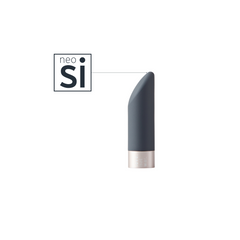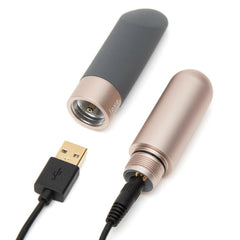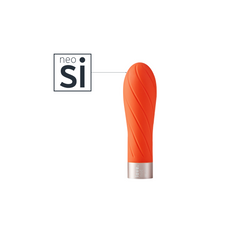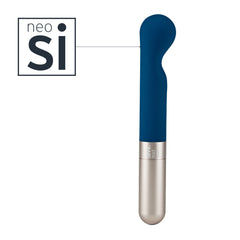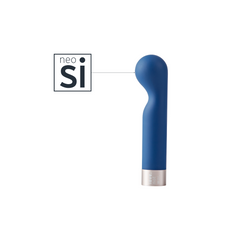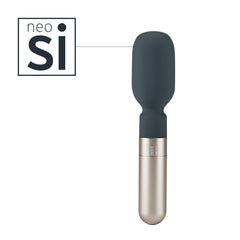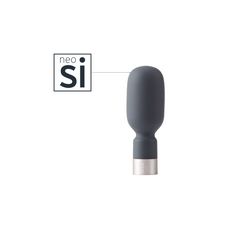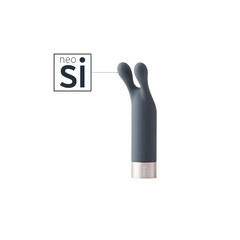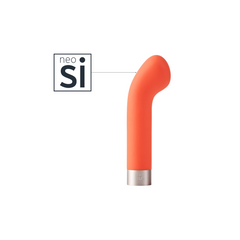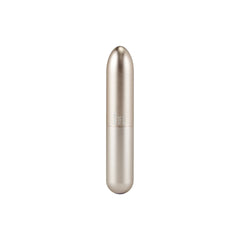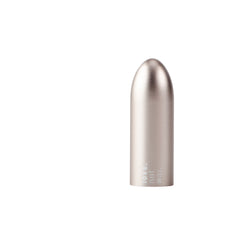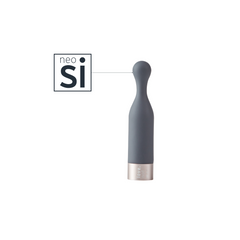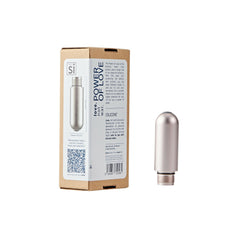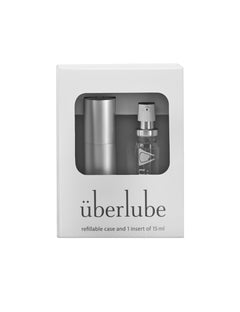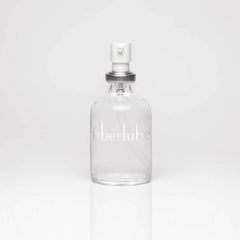(T.W: SA)
At Love Not War, we believe that pleasure and sexual wellness are two topics that go hand in hand. To honour this, our resident copywriter, Katrina Fairhurst, wanted to celebrate #VaginismusAwarenessDay that took place Thursday 15 September and discuss what it is, her own journey with it and how sex toys have helped her with recovery!
At least 2 in 1,000 vulva owners will experience vaginismus once in their lifetime, but even with these figures, not many people actually know what it is or be aware that help is out there. Some may also not seek help due to embarrassment, or may even worry that their problem won’t be taken seriously.

So let’s start from the beginning…what is vaginismus?
Vaginismus is the involuntary and persistent tightening of the vaginal muscles during penetration. It is most common during penetration, but can also occur in everyday life, from activities such as inserting a tampon or menstrual cup, during stressful periods, when having smear tests or STD check-ups or when having a contraceptive inserted. Doctors have discovered that there are two types of vaginismus: primary (where they have never achieved penetration of any kind and still have it) as well as secondary, (where it has developed after penetration has happened previously).
It can occur for many reasons from sexual trauma and painful vulva examinations to getting a coil inserted, as well as mental health issues including depression and anxiety. It is also prominent when fearing penetration, or worrying that the vulva will tear during sex. As you can see, one of the overlying themes of vaginismus isn’t just the uncomfortable and painful contractions but also the mental trauma that causes the muscles to contract in the first place.
My vaginismus is what is called secondary vaginismus, where it started after penetration had already taken place. It came about from a previous, traumatic sexual experience, although there are many instances where previous experiences had felt uncomfortable both physically and emotionally. Losing my virginity felt intrusive, painful, and coercive in a way that left a lasting impact mentally and physically. These experiences caused me to not understand my sexual boundaries and fear they would be taken advantage of by the next person, leading me to develop a wariness and fear of sex. It also stopped me from wanting to have sex or pursue romantic relationships with others from fear and humiliation of not enjoying penetrative sex. Physically, the vaginal contractions that were happening were painful, occurring not just during sex (which I hadn't had in years) but also during times of stress.
I wasn’t aware that I had vaginismus until I was 25, as the nurse physically couldn’t get the speculum in during my first smear. For me it was humiliating, however I also realised something wasn’t right, so I started researching and looking back at my past noticing that since I was a teenager, I have never been able to have penetrative sex or put in a tampon.

Recovery from vaginismus
After getting a diagnosis of vaginismus, I soon found that there are multiple ways to treat it. The main three ways are:
Sexual therapy – talking to a councillor about the triggers and previous experiences to figure out the causes and ways to help. They can also teach you relaxation techniques to calm your body, specifically your pelvic floor, and help you to tap into your body's physical reactions.
Using dilators – this is a physical form of treatment in which you use silicone dilator toys that vary in size, to strengthen your vulva, enabling you to have penetrative sex. Once the dilators are in, you hold them for 5 minutes at a time allowing your body to get used to them. A great way to help with this is to move them around slowly and gently once you are more used to them.
There is also a combination of the two above – using both the dilators and therapy to tackle both the mental and the physical symptoms that come with vaginismus. This was the route I took to overcome the condition for myself.
In my experience, sexual therapy was a game changer throughout my recovery. I was able to talk through my previous sexual experiences and the trauma I had experienced and I was able to dissolve the shame that came with the memorie. Understanding that my boundaries had been ignored and that it was out of my control was a massive breakthrough for me. I had a lot of anxiety and shame surrounding the idea of having sex that had stopped me from perusing sexual and romantic relationships since I was in my early 20’s.
Through treatment I was able to regain courage, release shame, relearn how to set boundaries and rediscover the types of sex and relationships that I wanted. I also practised meditation and relaxation techniques to help better understand my body.
Through using the dilators I also learnt that I could trust myself to stop. If something was uncomfortable or sore, I didn't need to force it. I could size down or take a break instead of persisting through pain. It is important to note that there is no timeline on recovery, it can be a linear line of going up sizes easily or it can include many step backs. The main thing to know in recovery is to be kind and patient to yourself.
Sex Toys and vaginismus
The first step in getting used to penetration, is using the dilators. Using these isn’t just about getting yourself ready for penetration, it’s about relearning, getting to know your body and discovering pleasure. It should be something that you enjoy and want to do, not a chore.
For me I found that using vibrators and sex toys alongside my dilators was a great way to remove any hostile feelings. I turned my ‘dilator time’ into a way to romance myself, having a pamper session, putting on music and treating it like a masturbation session. Love Not Wars powerful but petite vibrators are the perfect accompaniment to my dilators because they don’t get in the way.
Using clitoral and wand vibrators to help relax my body and build up arousal helped my brain understand that this is something I find pleasurable. Even using the head of a g-spot vibrator around the vaginal opening in between changing out dilator sizes is a pleasurable way to help relax the body, create new sensations, and stimulate the sensitive nerve endings. There are options of vibrating dilators to coincide with your masturbation routine and even gently moving them around can help you not only get used to the feeling of being penetrated, but can also help you find your g-spot.

Overall, using sex toys and vibrators has reduced my anxiety around using dilators and taught me new ways to stimulate not just my vulva, but other body parts too. (Who knew nipples could be so sensitive!) Rewriting my understanding of penetrative sex from something I associate with pain, anxiety, and fear into something I associate with pleasure, boundaries, and enjoyment.
Vaginismus can feel world-shattering and humiliating. It can completely derail your understanding of your body, and your plans for sexual relationships. From working it through with a therapist to discovering new ways to enjoy sex, you can reclaim your body.
If you think you may be suffering from vaginismus, visit your local doctor and discuss your options with them, this can be important to have on file for smear tests and sexual health checks ups, as well as helping you discover the right types of contraceptives (if that is something you are using or need). It is important to remember that there is nothing wrong with you and that sex and pleasure are still easily achievable even without penetrative sex. As stated before, taking care of your sexual health and wellness. This includes setting boundaries, communication and discovering what works for you as well as what doesn’t.
Written by Katrina Fairhurst

